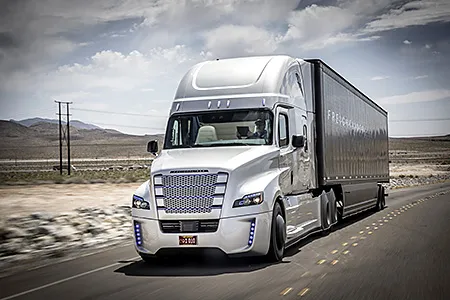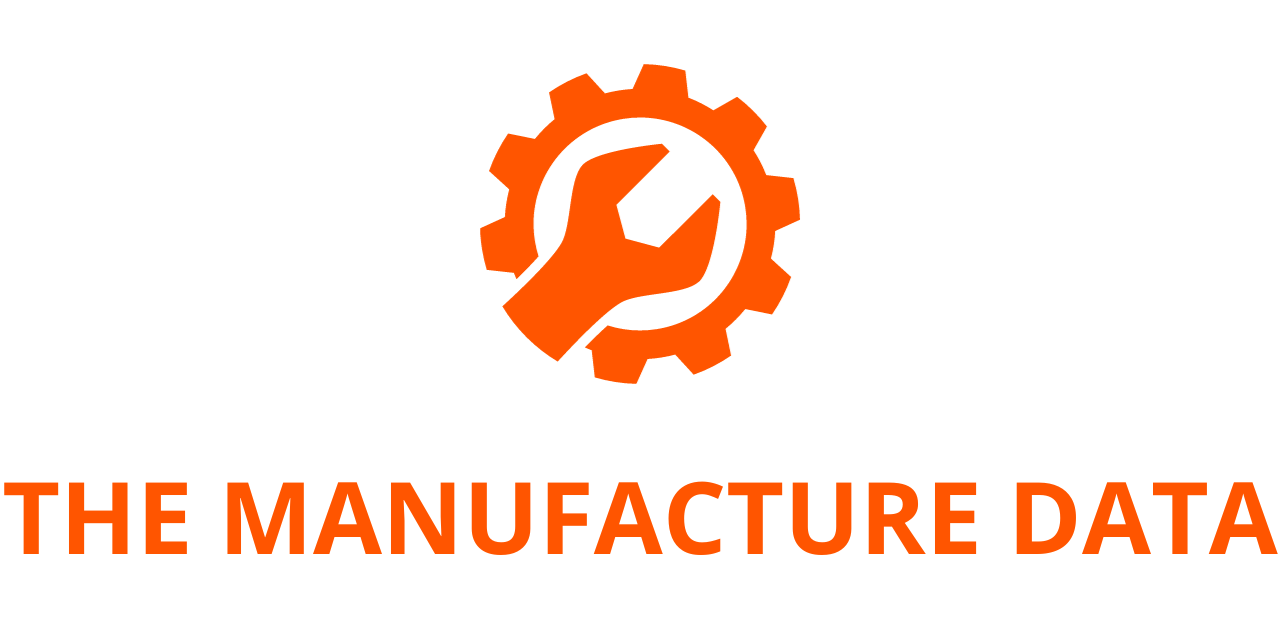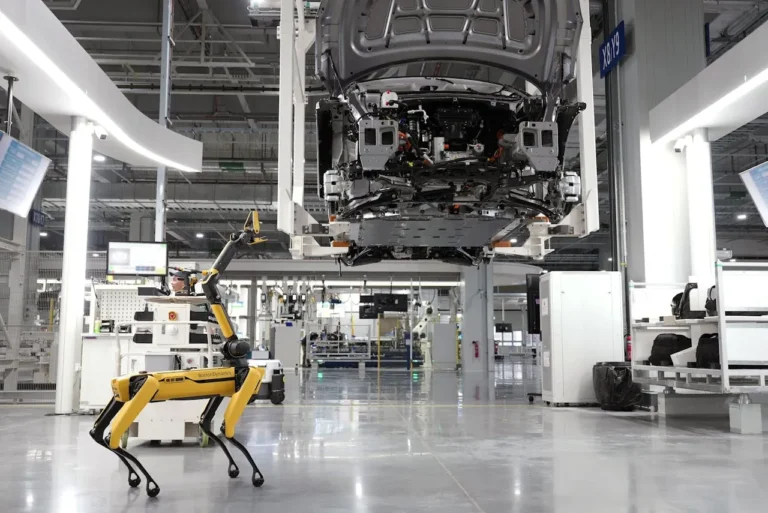
Daimler Truck Q3 2025 Results Highlight Resilience Amid North American Headwinds; 2025 Outlook Reaffirmed
Daimler Truck Holding AGhas reported its financial results for the third quarter of 2025, reflecting a period of measured stability and operational resilience amid a challenging global market landscape. While the Group experienced an expected decline in revenue, earnings, and profitability, its overall performance underscored its strategic focus on efficiency, product leadership, and cost control.
The quarter was marked by continued weakness in the North American freight market, where customers remain cautious due to soft freight demand and uncertainty over upcoming emissions regulations. Despite these pressures, Daimler Truck maintained positive momentum in Europe, Asia, and its bus and financial services segments, reaffirming its full-year 2025 guidance and demonstrating the company’s ability to navigate volatile industry conditions.
Solid Overall Performance Amid Mixed Regional Dynamics
In the third quarter of 2025, Daimler Truck delivered 98,009 vehicles, compared with 114,917 in the same period of 2024, reflecting a 15% year-over-year decline. This drop was primarily driven by the slowdown in the North American heavy-duty truck segment, where freight rates and fleet replacement cycles continue to lag expectations.
Revenue from the Industrial Business totaled €10.6 billion, down from €12.3 billion in Q3 2024. Adjusted Group EBIT fell to €716 million (Q3 2024: €1.18 billion), and the adjusted return on sales (ROS) for the Industrial Business declined to 6.3% from 9.3% a year earlier. However, the company generated a positive free cash flow (FCF) of €24 million, a notable improvement from the negative €41 million recorded in the same quarter last year.
Earnings per share (EPS) came in at €0.57, compared with €0.77 in Q3 2024. Group incoming orders remained essentially flat year-over-year at 93,923 units, supported by a rebound in North America from very low second-quarter levels and solid order intake in Europe.
Significantly, Daimler Truck’s transformation toward sustainable transport continued at pace. Sales of battery-electric vehicles (BEVs) surged 175%, reaching 1,833 units compared with 666 units in the prior-year quarter—an indicator of the growing acceptance of zero-emission commercial transport solutions.
Mercedes-Benz Trucks: Profitability Strength in Europe
The Mercedes-Benz Trucks division performed strongly, posting gains in both adjusted EBIT and adjusted ROS. These improvements were driven by higher unit sales in Europe, particularly in key markets such as Germany, the UK, and France, where demand for long-haul and regional distribution trucks remained stable.
The division also benefited from the continued rollout of its next-generation Actros and eActros lineups, which offer enhanced efficiency and electrification options for logistics customers. In addition, cost discipline and pricing actions supported margins despite inflationary pressures on input materials and logistics.
With its renewed leadership in Europe, Mercedes-Benz Trucks reclaimed its No. 1 position in the region’s heavy-duty segment, reinforcing Daimler Truck’s competitive edge in the premium and technology-driven truck market.
Trucks Asia: Stable Results Despite Headwinds
The Trucks Asia segment, which encompasses the FUSO and BharatBenz brands, delivered a solid performance despite continued challenges in regional markets such as Japan and Indonesia.
In Japan, domestic economic uncertainty and sluggish industrial output dampened truck demand, while in Indonesia, weak construction and mining activities limited fleet investment. Nonetheless, the segment’s performance remained stable thanks to strong export markets and robust demand for BharatBenz trucks in India and the Middle East.
Ongoing cost optimization measures, strategic product launches, and a focus on export diversification have helped Trucks Asia maintain profitability in an uneven market environment.
Daimler Buses: Sustained Profitability and Market Leadership
Daimler Buses continued its trajectory of strong profitability in Q3 2025, reinforcing its position as the market leader in core regions such as Europe and Latin America. The segment benefited from strong demand for intercity and urban buses, as well as continued recovery in the tourism and public transport sectors.
In Europe, Daimler Buses has been at the forefront of the shift toward electrified public transportation, with growing orders for its eCitaro models. The business also benefited from favorable product mix effects and disciplined cost management, resulting in robust margins for the quarter.
Financial Services: Growing Profitability and Margins
The Financial Services arm of Daimler Truck achieved higher profitability and expanded margins in Q3. The division’s results were driven by increased financing volumes, improved risk management, and disciplined capital allocation.
The business continues to play a key role in supporting truck and bus sales globally, providing customers with tailored financial solutions, leasing options, and fleet management services that enhance overall customer loyalty and brand strength.
Management Commentary: Resilience and Strategic Progress
Karin Rådström, President and CEO of Daimler Truck, emphasized the company’s resilience and strong market positions across its divisions:
“With our year-to-date results for the first nine months, we are demonstrating the increased resilience of Daimler Truck in uncertain times. We are making progress on our costs while leveraging our leading brands, products, and services: Daimler Buses is the market leader in core markets, Trucks North America is the market leader in the U.S., and Mercedes-Benz Trucks has become number one again in Europe. We’re the partner of choice for our customers – and that’s a strong position to successfully deal with the current uncertainties.”
Her comments underscore Daimler Truck’s strategic strength across multiple regions, highlighting how its global diversification and disciplined execution are helping it withstand cyclical market softness in North America.
CFO Eva Scherer echoed this sentiment, noting that while the company’s overall performance reflected the North American downturn, key divisions delivered stable and positive results:
“Mercedes-Benz Trucks, Trucks Asia, and Daimler Buses delivered stable results in Q3. As expected, however, Group performance was impacted by challenging market conditions in North America. In today’s uncertain global environment, we continue to focus on what we can control: improving operational and organizational efficiency, strict cost management, and fully committing to deliver strong value to our customers.”
Daimler Truck reaffirmed its 2025 financial guidance, signaling confidence in its strategic direction despite near-term market headwinds. Management continues to expect moderate revenue and earnings for the year, supported by operational efficiency, strong European demand, and the ongoing ramp-up of electric and next-generation vehicle sales.
The company remains committed to its long-term transformation goals—advancing digitalization, electrification, and autonomous driving technologies—while maintaining strict cost discipline. Its capital allocation priorities remain focused on sustaining cash flow, protecting profitability, and investing strategically in future mobility solutions.
Daimler Truck’s third-quarter results demonstrate the company’s ability to remain resilient and adaptive amid ongoing macroeconomic challenges, particularly in North America. While revenue and earnings declined as expected, solid performances from Mercedes-Benz Trucks, Trucks Asia, and Daimler Buses, along with improved free cash flow and record growth in electric vehicle sales, underscore a well-balanced and strategically aligned business model.
With strong brands, a diversified regional footprint, and a disciplined approach to cost management, Daimler Truck continues to position itself as a leader in sustainable, efficient, and technologically advanced commercial transport.




